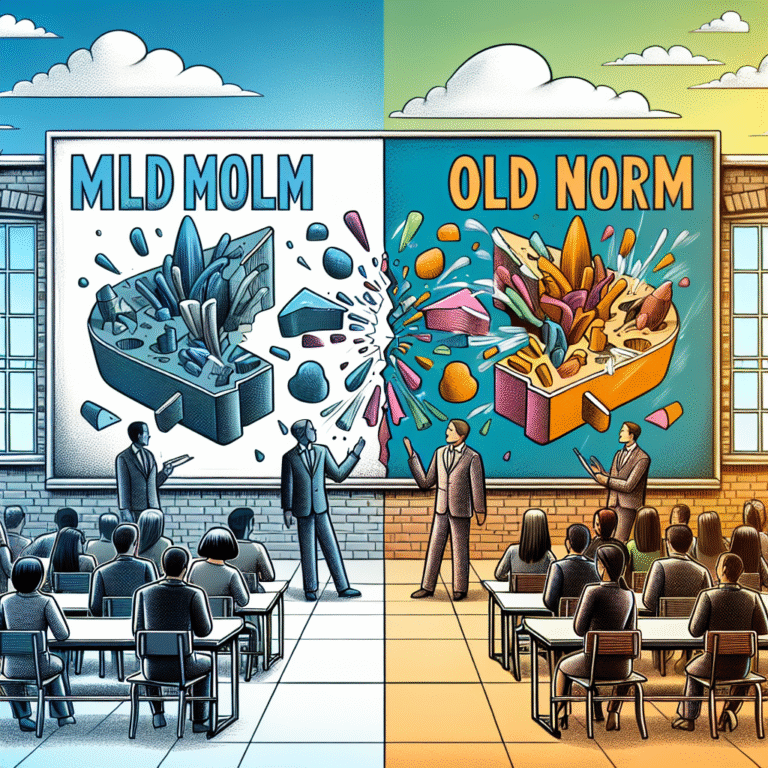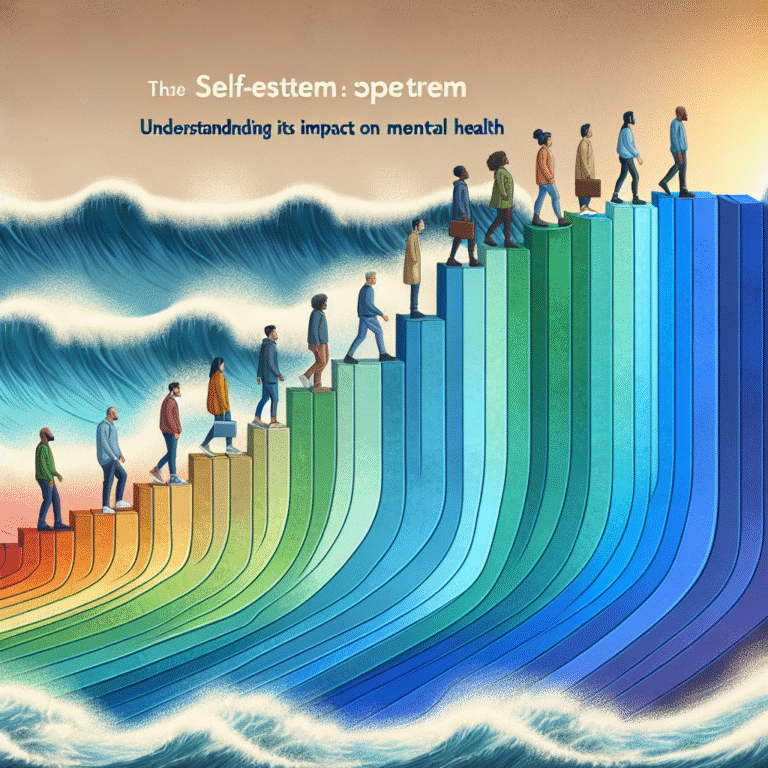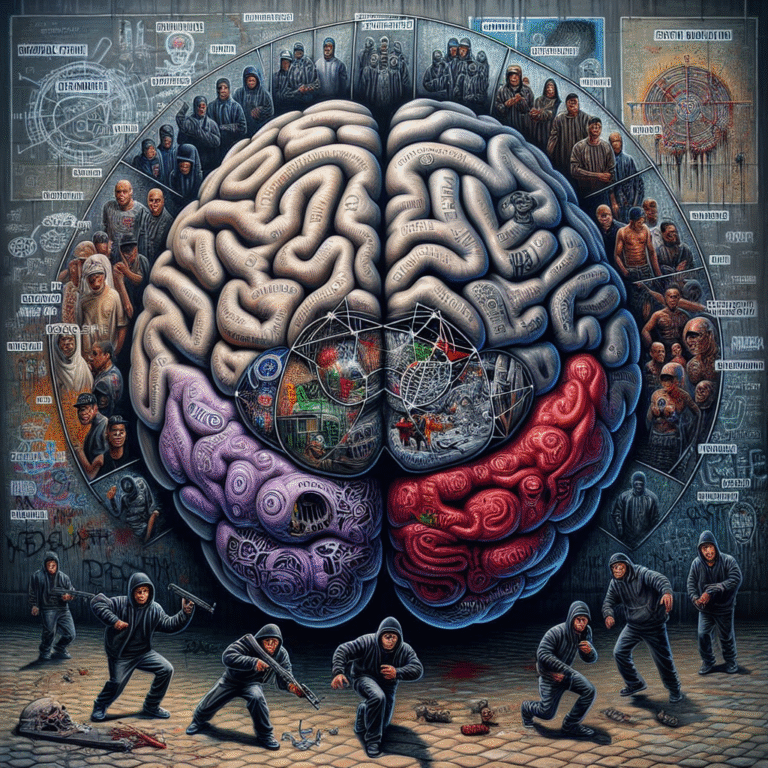
Introduction
In an age that glorifies teamwork and collaboration, the concept of harmony often takes center stage in decision-making processes. The ability for a group to operate seamlessly in unity is often perceived as a hallmark of success. However, beneath this veneer of cooperation lies a potential pitfall that can derail even the most innovative of teams. This is the crux of "The Dangers of Harmony: Understanding Groupthink in Decision-Making."
In this article, we will delve deep into the dichotomy of group harmony and critical thinking, examining how the pursuit of consensus can lead to disastrous decisions. Drawing on real-world case studies and expert insights, we will unpack the myriad ways that groupthink manifests itself in decision-making scenarios, why it occurs, and how we can mitigate its impact.
What is Groupthink?
Groupthink is a psychological phenomenon that occurs when a group prioritizes consensus over critical evaluation, leading to poor decision outcomes. Coined by social psychologist Irving Janis in the early 1970s, groupthink often results in the suppression of dissenting viewpoints, a lack of critical analysis, and the illusion of unanimity.
Key Characteristics of Groupthink:
- Illusion of Invulnerability: Group members may have an overconfidence that safeguards their decision-making from failure.
- Collective Rationalization: Members might ignore warnings or challenges to their beliefs.
- Belief in Inherent Group Morality: The group believes they are morally superior, causing them to overlook ethical consequences.
- Stereotyping Outsiders: Those who oppose the group’s views may be considered enemies, leading to dismissal of their ideas.
- Direct Pressure on Dissenters: Individuals who express disagreement face pressure to conform.
- Self-Censorship: Members avoid voicing opposing opinions to maintain group cohesion.
- Illusion of Unanimity: Silence is viewed as agreement, leading to false consensus.
This cohesive yet harmful decision-making can arise across various environments—from corporate boardrooms to government committees—often with critical ramifications.
The Dangers of Harmony: Recognizing Groupthink in Action
Case Study 1: The Challenger Space Shuttle Disaster
One of the most infamous examples of groupthink is the Challenger Space Shuttle disaster on January 28, 1986. Despite warnings from engineers regarding the safety of the O-rings in cold weather, the decision to proceed with launch was made, amid a culture that prioritized harmony and conformity over critical safety concerns.
Analysis
The NASA management created a climate where dissent was not encouraged. Engineers who raised safety concerns felt pressured to conform to the prevailing group sentiment. This tragic event resulted in the loss of seven astronauts and serves as a stark reminder of the potential dangers of group harmony in decision-making.
Case Study 2: Kodak’s Decline
Kodak, once a household name in photography, faced a massive decline in the 2000s. The company failed to pivot effectively to digital photography largely because its leadership was ensconced in groupthink. Key executives, in pursuit of harmony, failed to recognize the signs of changing technology and consumer preferences.
Analysis
In Kodak’s case, the drive for consensus led to the dismissal of innovative ideas that deviated from their established business model. This ultimately resulted in filing for bankruptcy in 2012. The case illustrates how striving for harmonious agreement can stifle creativity and progressive thinking.
Why Does Groupthink Occur?
The inclination towards groupthink can be attributed to several factors, including:
- Cohesiveness: The stronger the relationships among team members, the more likely they are to suppress dissent to maintain harmony.
- Leadership Style: An authoritarian or overly directive leader can quash opposing viewpoints, fostering an environment ripe for groupthink.
- Time Pressure: Quicker decisions often mean sidelining critical evaluation in favor of rapid consensus.
- Isolation: Teams that operate in isolation are less likely to receive external opinions that could challenge their views.
Understanding these underlying causes is crucial in addressing groupthink within any organization or decision-making body.
Navigating the Dangers of Harmony: Strategies for Mitigating Groupthink
1. Encourage Open Dialogue
Creating an atmosphere where every member feels safe to express their views, even if they differ from the majority, is essential in countering groupthink. Techniques like anonymous surveys or designated ‘devil’s advocate’ roles can promote honest feedback.
2. Introduce Diverse Perspectives
Diversity—whether in terms of experience, background, or thought—can dilute the effects of groupthink. Diverse teams are less likely to succumb to pressure to conform and can foster innovative solutions.
3. Set Clear Decision-Making Processes
Establishing structured methodologies for decision-making can help ensure that all viewpoints are considered before reaching a consensus. Tools such as SWOT analysis or decision matrices can crucially enhance outcomes.
4. Promote a Culture of Critical Thinking
Encouraging team members to challenge each other respectfully can instill a culture where questioning and scrutinizing decisions is welcomed rather than discouraged.
5. Monitor Outcomes and Embrace Failure
Regularly evaluating the consequences of decisions can provide insights into the group’s effectiveness, illuminating areas where groupthink may have influenced outcomes negatively.
Table: Comparative Analysis of Groupthink vs. Critical Decision-Making
| Characteristic | Groupthink | Critical Decision-Making |
|---|---|---|
| Consensus Priority | High | Moderate to Low |
| Dissenting Views | Suppressed | Encouraged |
| Decision Quality | Often Low | Often High |
| Innovation Level | Low | High |
| Risk Assessment | Poorly Evaluated | Carefully Analyzed |
Conclusion
"The Dangers of Harmony: Understanding Groupthink in Decision-Making" emphasizes the importance of embracing a culture that values critical thinking over conformity. While harmony within a team can be beneficial, an overemphasis on consensus can lead to disastrous outcomes.
By fostering an environment where diverse perspectives are championed and dissent is valued, organizations can ensure that they are not just making decisions that feel good in the moment, but that are ultimately sound and informed. As we move forward, let us remember that true collaboration thrives not on the absence of conflict, but on the presence of healthy, productive discourse.
FAQs
1. What is groupthink, and how does it impact decision-making?
Groupthink is a phenomenon where members of a cohesive group prioritize harmony over critical reasoning, leading to poor decisions and a lack of dissenting voices.
2. How can organizations identify whether they are suffering from groupthink?
Signs include a lack of critical evaluation, pressure to conform, an absence of a structured decision-making process, and an environment where dissenting opinions are dismissed.
3. What are some effective strategies to combat groupthink?
Encouraging open dialogue, promoting diverse perspectives, establishing clear decision-making processes, and fostering a culture of critical thinking are effective strategies to combat groupthink.
4. Can you provide examples of how groupthink has led to negative outcomes?
Yes, notable examples include the Challenger disaster and Kodak’s decline, where consensus-seeking behavior resulted in catastrophic mistakes and lost opportunities.
5. How can leaders create an environment resistant to groupthink?
Leaders can resist groupthink by actively encouraging dissent, promoting diversity, and implementing structured decision-making processes that welcome alternative viewpoints.
In summary, understanding the dangers of harmony and the impact of groupthink in decision-making not only helps prevent poor decisions but also fosters a culture of innovation and success. As we navigate an increasingly complex world, let the lessons gleaned from groupthink guide us toward more thoughtful, critical, and inclusive decision-making processes.
















